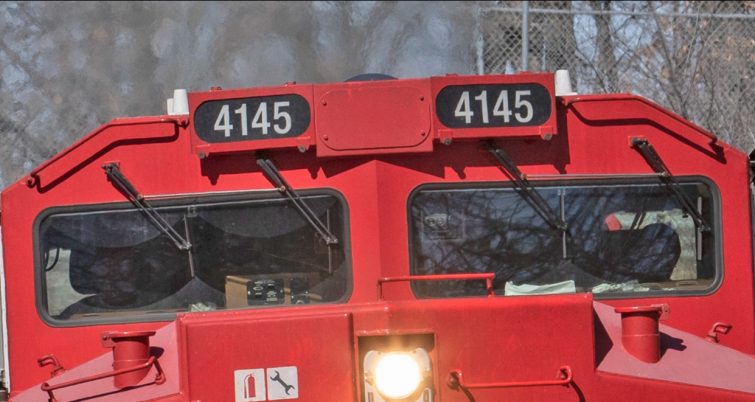FRA announces proposed rules for updating track and brake standards
Written by David C. Lester, Editor-in-Chief
The Federal Railroad Administration (FRA) today announced issuance of two Notices of Proposed Rulemaking (NPRM) to promote safety innovation and reduce unnecessary regulatory burdens. The first proposal would update the current Track Safety Standards (TSS), and the second improves the effectiveness of existing Brake System Safety requirements. Both of these proposed rules will increase rail safety as well as save time.
The proposed TSS amendments would allow continuous testing for rail inspections and would remove an inspection-method exception for high-density commuter lines. The proposed rule would also add several recommendations by FRA’s Rail Safety Advisory Committee (RSAC).
“It’s time to modernize existing regulations to permit methods of inspecting, testing, and maintaining track and mechanical equipment that are demonstrably safe,” said FRA Administrator Ronald L. Batory. “These updates are consistent with the performance and evidence-based standards that are already being used by many railroads.”
The Track Safety Standards NPRM proposes specific changes to the TSS (49 CFR Part 213):
Allow for continuous rail testing, which differs from the traditional stop-and-verify rail inspection process, and extend the verification period to allow rail inspection data to be analyzed off-site and field verification to take place between 24 and 84 hours versus within four hours.
Respond to a National Transportation Safety Board (NTSB) recommendation and a requirement set forth in the Fixing America’s Surface Transportation Act (FAST Act) by removing the exception for inspecting high-density commuter lines where track time does not permit on-track vehicle inspection and track centers are 15 feet or less apart.
Incorporate two existing waivers to provide additional flexibility using track frogs, the point at which rails cross in a switch or turnout.
Adopt other regulatory revisions, many of which are based on the consensus recommendations of the RSAC TSS Working Group. These include, for example, qualification requirements for certain railroad employees and adjusting recordkeeping requirements.
The NPRM on Miscellaneous Amendments to Brake System Safety Standards and Codification of Waivers would make changes to portions of 49 CFR Parts 218, 221 and 232, including:
Allow trains to go without Class I air brake testing for 24 hours, extending the requirement from 4 hours, which is expected to significantly reduce number of brake tests performed while increasing network velocity. This allowance is already safely in place in Canada.
Incorporates end-of-train device (EOT) waivers related to battery change out, marker lamp height, and the use of “helper” locomotives to initiate emergency braking.
To view the proposed Track Safety Standards rule, see https://railroads.dot.gov/elibrary/nprm-rail-integrity-amendments-track-safety-standards, and to view the proposed Brake System Safety rule see https://railroads.dot.gov/elibrary/nprm-miscellaneous-amendments-brake-system-safety-standards-and-codification-waivers. Public comments on both NPRMs will be due sixty days after the date of publication in the Federal Register.
A Federal Railroad Administration news release.
For other RT&S stories on On-Track Maintenance, click here.
For the latest railroad news, please visit rtands.com.





